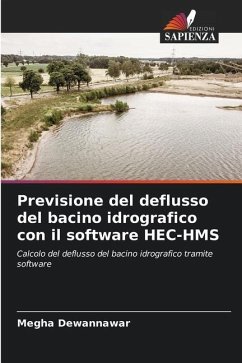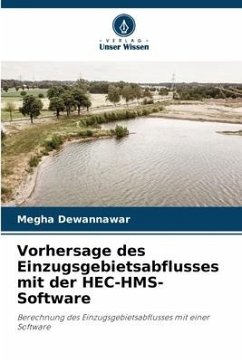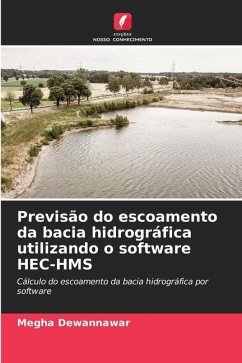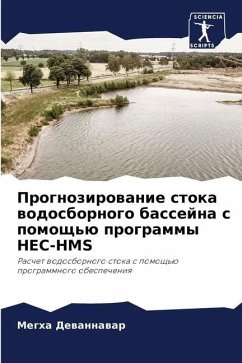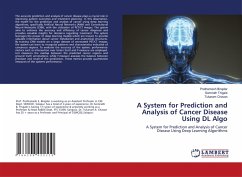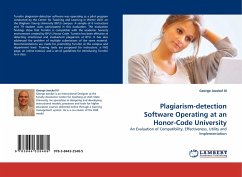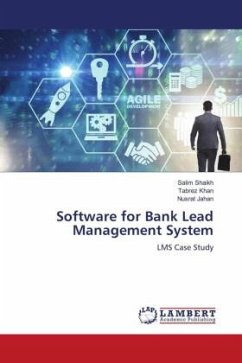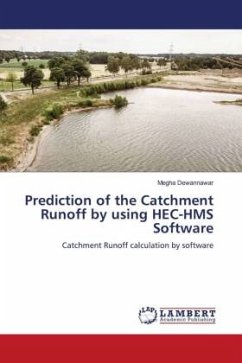
Prediction of the Catchment Runoff by using HEC-HMS Software
Catchment Runoff calculation by software
Versandkostenfrei!
Versandfertig in 6-10 Tagen
29,99 €
inkl. MwSt.

PAYBACK Punkte
15 °P sammeln!
Rainfall-runoff modeling is important in hydrology for many reasons, including design flood estimation, catchment yield studies and assisting in management decisions. Generally, models are developed by inputting the observed rainfall and evapotranspiration, and calibrating model parameters to match a historical record of runoff. Catchments that have a useful record of rainfall and runoff are known as gauged catchments. However, in many cases, a suitable runoff record is unavailable. Along with stream flow data simply not being recorded, there are many reasons for a lack of a suitable data set ...
Rainfall-runoff modeling is important in hydrology for many reasons, including design flood estimation, catchment yield studies and assisting in management decisions. Generally, models are developed by inputting the observed rainfall and evapotranspiration, and calibrating model parameters to match a historical record of runoff. Catchments that have a useful record of rainfall and runoff are known as gauged catchments. However, in many cases, a suitable runoff record is unavailable. Along with stream flow data simply not being recorded, there are many reasons for a lack of a suitable data set for model calibration, such as significant modifications to catchment characteristics, or long periods of unseasonable rainfall producing unrepresentative relationships. Catchments without a useful runoff record are known as ungauged catchments. Generally, regionalization relationships are used to develop rainfall-runoff models in ungauged catchments.



